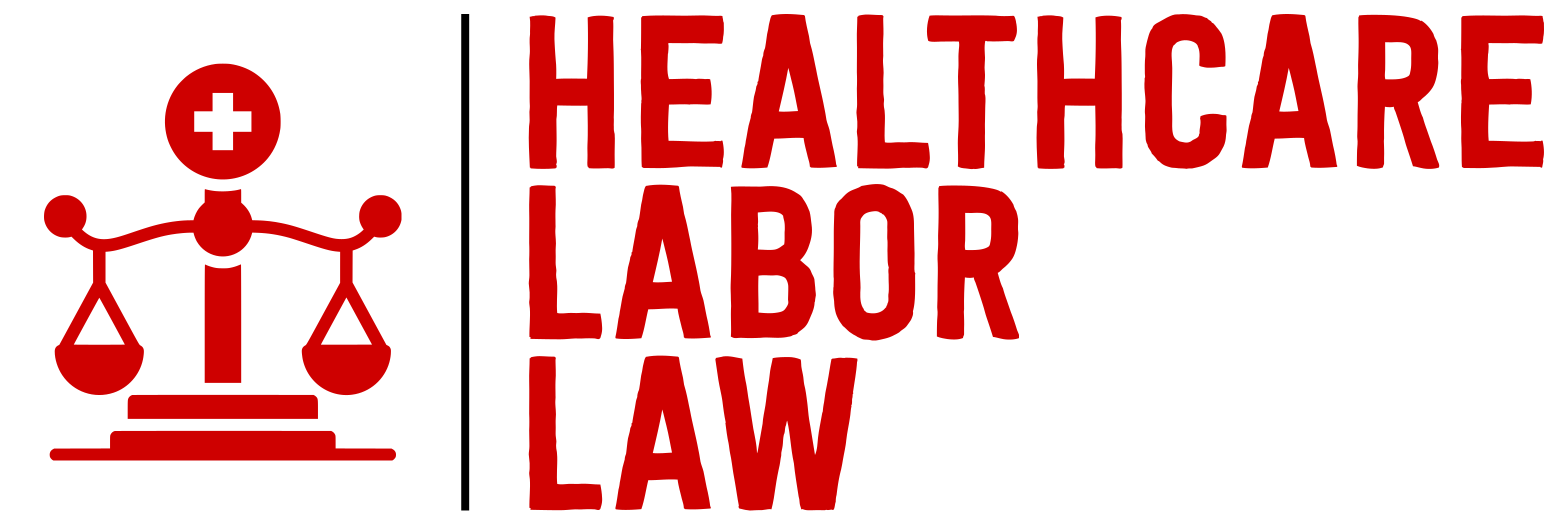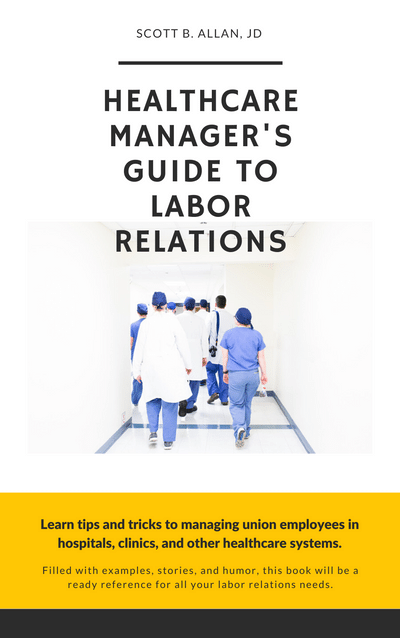Healthcare Labor Law
Training
-
The union contract
-
Past practices
-
Mandatory subjects of bargaining
-
Permissive subjects of bargaining
-
Basic tenets of Just Cause
-
Letters of agreement
-
Memorandums of understanding
-
Good faith bargaining standards
-
Representation rights
-
Weingarten rights
-
Rules regarding information requests
-
Unfair labor practice rules
-
Labor laws
There’s also a pack of laws and rules that apply to union organizing, picketing, strikes, union access to facilities, mediations, arbitrations, etc.. For seasoned supervisors and managers, it’s a lot. For new managers, it’s simply overwhelming.
You can’t expect new managers to learn this stuff “on the job.” There’s simply too much to absorb and little time to do it. The unions are just as likely to pounce on a Day One manager as a seasoned supervisor.
Training for All Levels
We offer training for all levels of leadership and roles, from new, frontline supervisors, to senior executives looking to deepen their understanding of labor relations and law. We offer tailored training in the following areas:
- Managing in a Union Environment – the contract, union stewards, union rights, grievances, etc..
- Corrective Action and Just Cause – the “Seven Tests,” Weingarten rights, case studies.
- Know your Contract – the important articles, how to interpret contract language, case studies.
- Staying Union Free – why do employees organize, steps to avoid organizing, case studies.
- Union Organizing – what does it look like, how unions do it, how to stay out of trouble and fight.
- The National Labor Relations Act and The Board – overview and unfair labor practices.
- Grievances and Arbitrations –handling and responding to grievances, the arbitration process.
- Decertification and Deauthorization – legal procedures for removing a union.
- Negotiations – process, preparation, strategy, nuts-and-bolts, proposals, “table manners.”
- Mediation – how to use this process to settle grievances and negotiations.
- Information Requests – what can the union get, what can you push back on, how to respond.
- Past Practice – clearly define what is a ‘past practice.
Healthcare Manager’s Guide to Labor Relations
On July 26, 1974, Congress gave private sector healthcare workers the right to join unions. Since that day, healthcare employers have been flooded with union activity. From organizing campaigns to strikes, healthcare employers have struggled to keep up with the aggressive tactics and disruptive behaviors of the union movement. Based on over 25 years of experience, this book will help healthcare managers wade through the morass of union activity and lead with confidence. Providing innumerable tips, tricks, examples, and stories - including some “insider insights” – The Healthcare Manager’s Guide to Labor Relations will be your go-to source for all your labor relations issues.

